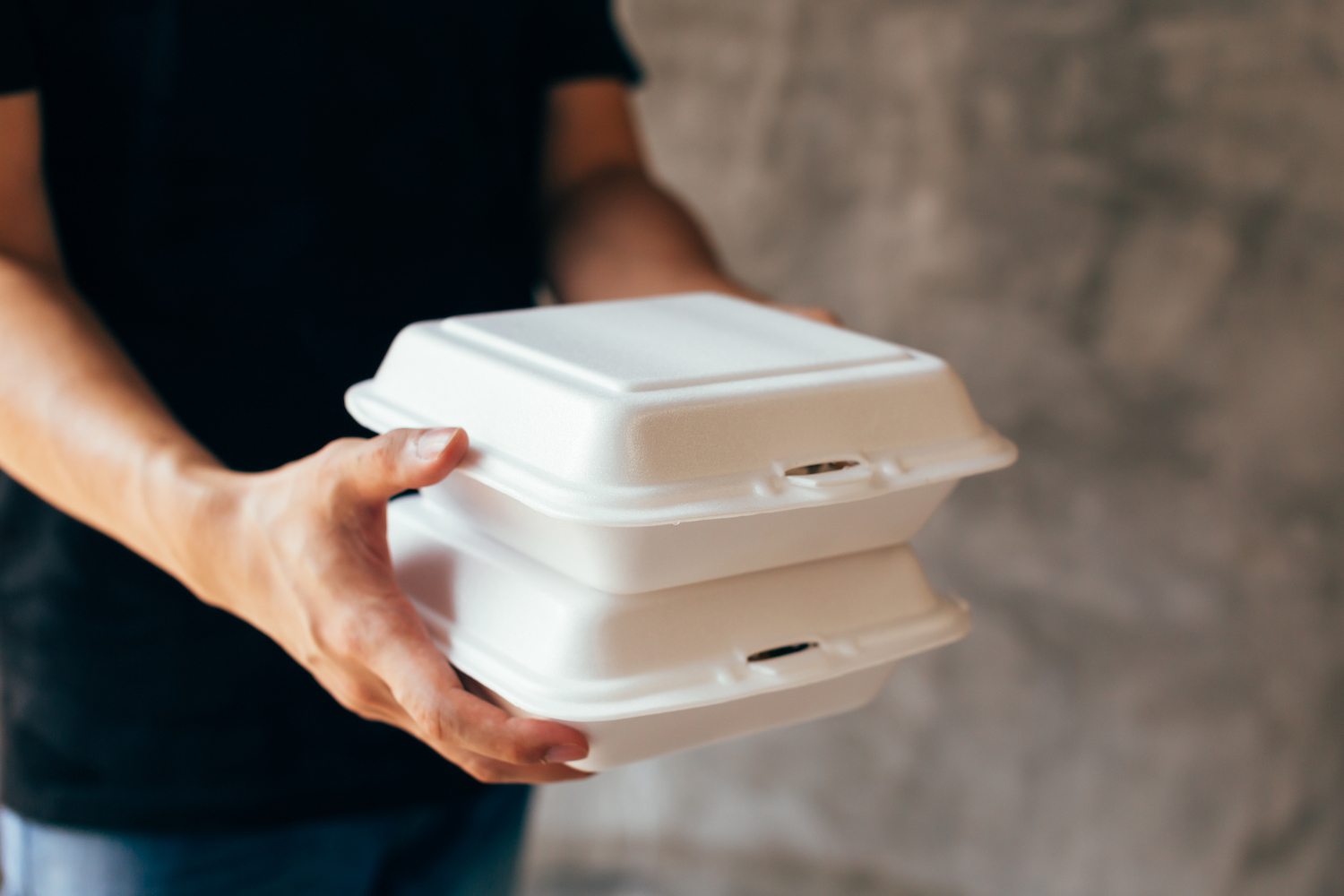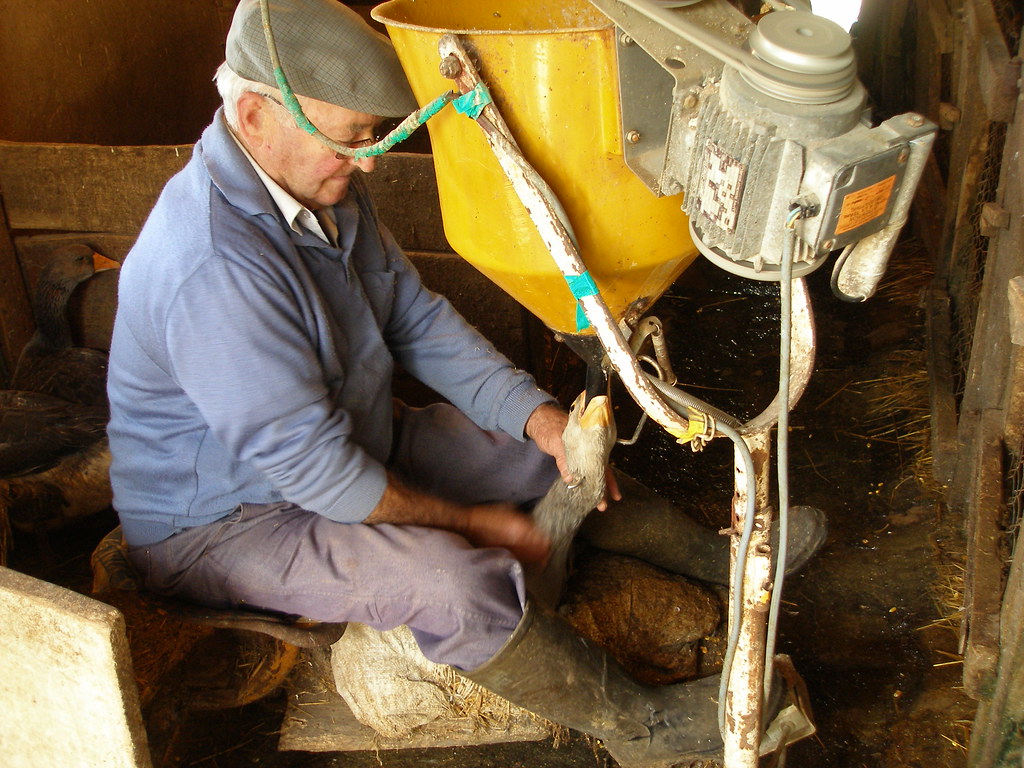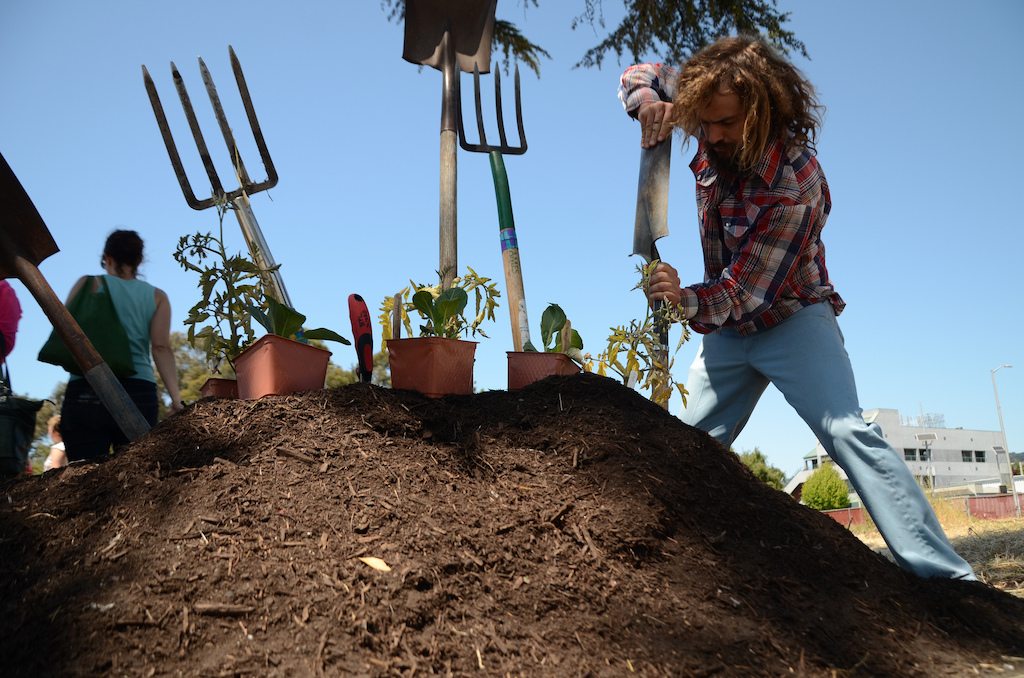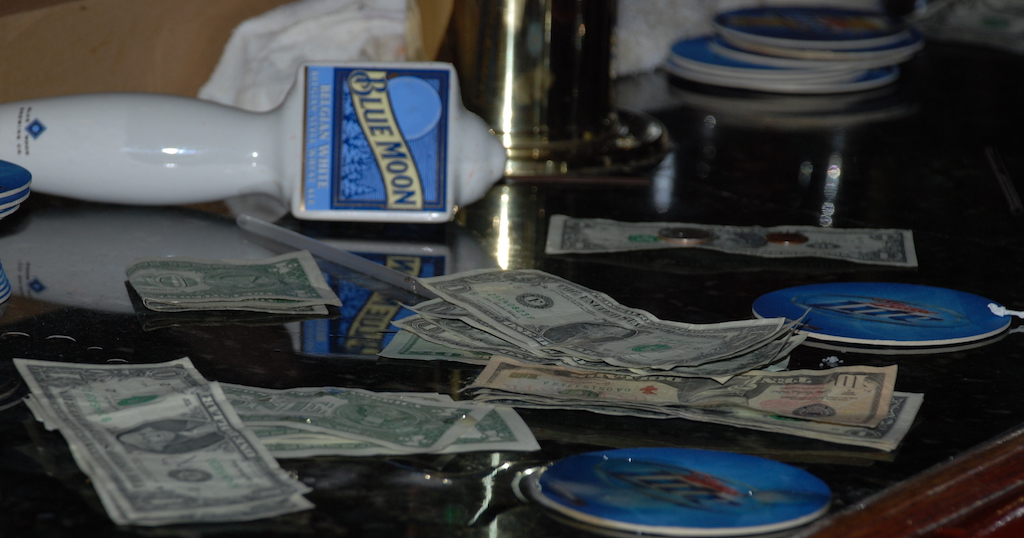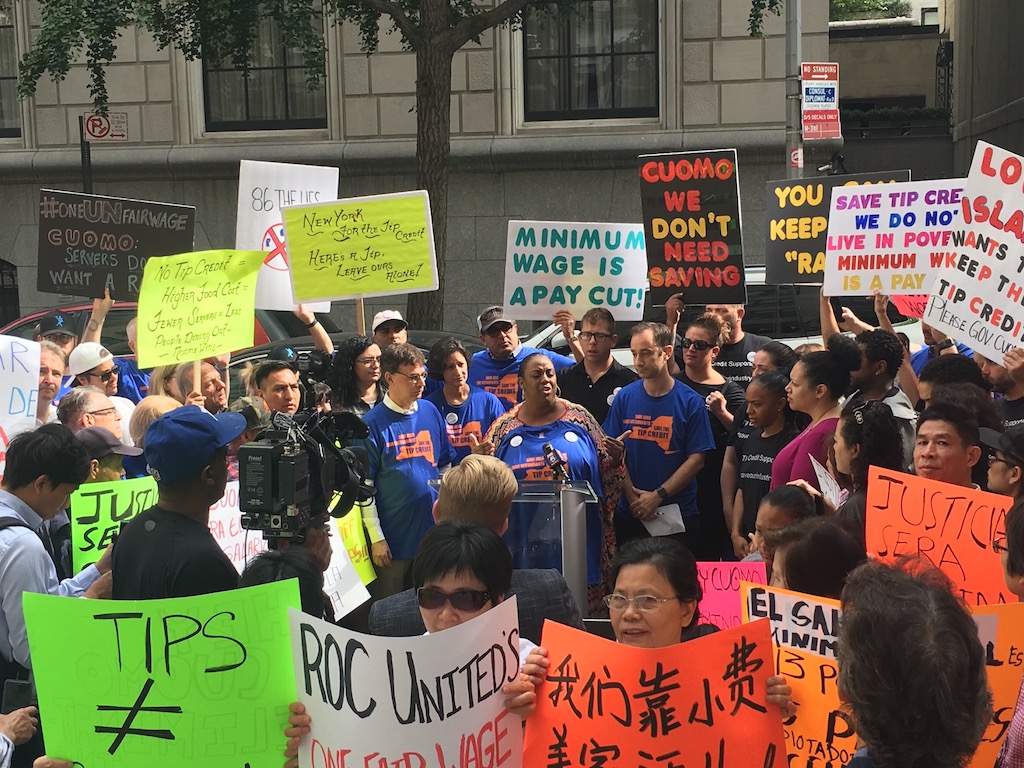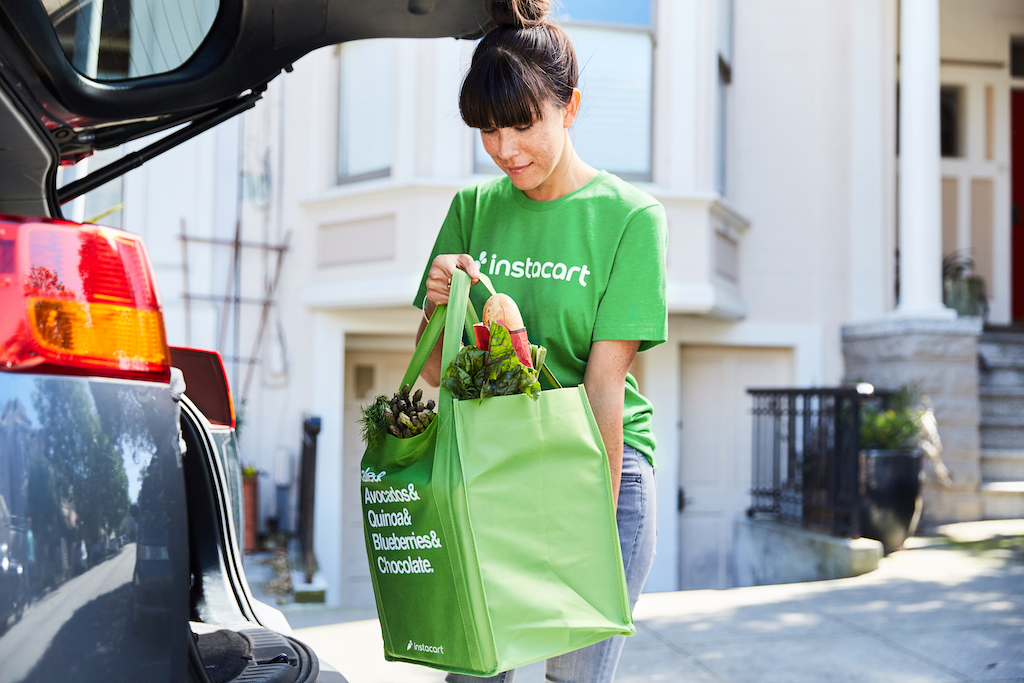We’ve been trying to ban “expanded polystyrene foam” for 30 years. Why is momentum picking up in statehouses now?
On Wednesday, New York Governor Andrew Cuomo, a Democrat, announced a proposal to ban expanded polystyrene, better known by the brand name Styrofoam, from takeout containers, coffee cups, and packing peanuts. More than 30 years after the first small California cities starting banning the foam, this statewide prohibition, which would cover 20 million people when it goes into effect in 2022, would be the largest in the country.
“Styrofoam is one of the most common pollutants and a public health hazard that impacts humans and the environment alike,” Cuomo said in a press release. “This material is everywhere and it will continue to pollute our waters and harm our wildlife for generations to come if we do not act.”
The new legislation, which will be formally introduced next month, will ban the distribution and use of expanded polystyrene foam containers for prepared foods and drinks served by restaurants, food trucks, delis, and grocery stores. Scofflaws will be fined $250 for the first violation, and up to $2,000 for repeated violations. (Maine, the first state to pass a foam ban in May, will charge violators a mere $100.)
“The ever-growing amount of plastics in waterways has been an issue of increasing attention. Plastic is now washing up on beaches and shorelines around the globe.”
Once upon a time, Styrofoam was considered a technological marvel, a sturdy, lightweight material found in everything from building insulation to surfboards. It’s popular in the restaurant industry because it’s cheap and holds in heat—and cold (as Dunkin’ double-cuppers well know).
That changed in 1987, when the Mobro garbage barge wandered the eastern seaboard for two months, looking for a home for 3,100 tons of unwanted trash. The fiasco ignited a national conversation about garbage and waste. Styrofoam became a symbol of the excess: It doesn’t degrade, it piles up in landfills for hundreds of years, and the small crumbles are ubiquitous in urban litter. Theoretically, it’s possible to recycle the chemical-derived material, but most municipalities don’t.
Today, around 200 municipalities have banned Styrofoam, says Eric Goldstein, a lawyer with the Natural Resources Defense Council, including New York City, San Francisco, Los Angeles, and Minneapolis. Statewide bans in Vermont and Maine will go into effect over the next two years, and New Jersey is poised to pass an ambitious plan to ban Styrofoam along with many more single-use plastics. The concern has become less about landfills, and more about plastics found in the ocean and other bodies of water.
The ban exempts expanded polystyrene found in building materials, for instance, and foam trays found in supermarket meat counters.
“The 1990s, that was like, the first wave of reaction to the throw-away society,” says Goldstein. “Over the past several years, the ever-growing amount of plastics in waterways has been an issue of increasing attention. It’s the whole waterways pollution problem, and the fact that plastic is now washing up on beaches and shorelines around the globe.”
The other issue is that polystyrene, like other plastics, is derived from petroleum extraction, says Amir Ameli, a University of Massachusetts, Lowell engineer who designed a more sustainable, cellulose-based plastic. The ban on Styrofoam could be a way to support ambitious plans to divest from fossil fuels.
Instead of foam, environmentalists prefer commonly recycled materials like aluminum or polypropylene. They also back efforts to let restaurant patrons use their own containers and bottles, like those adopted by Starbucks and Dig Inn, and a “right to refill” bill now pending in the New York state legislature. (Ameli does note that some reusable cups need to be used 1,000 times to be an environmentally friendly alternative.)
“Every time you add an additional product in a piece of legislation like this, the more you invite opposition from a diverse group of industry actors.”
The most popular alternatives, however, are compostable materials, says Larry Schneider, national accounts director at Imperial Dade, one of the country’s largest food packaging companies. Since New York City began enforcing a ban this year, he says his customers have replaced Styrofoam cups with paper, and taken to molded fiber containers derived from paper or a sugarcane derivative called bagasse. A six-inch or nine-inch clamshell made with fiber costs two or three times more than foam, he says.
But these supposedly compostable containers are made with forever chemicals that never decompose. Plus, Schneider says, many of those molded fiber customers don’t even compost—either because they don’t separate it from trash, or because they don’t live in a city that offers a municipal compost system.
“We have a lot of customers that are saying, ‘Oh, I want to use compostable products,’” he says. “That’s fine, but after you give somebody a compostable product, what really happens to it?”
The ban would follow Governor Cuomo’s prohibition on single-use plastic bags, scheduled to go into effect next year. It doesn’t apply to all Styrofoam—it exempts foam trays found in supermarket meat counters, for instance, and doesn’t apply to expanded polystyrene used in buildings.
Goldstein says those are common exemptions, because “every time you add an additional product in a piece of legislation like this, the more you invite opposition from a diverse group of industry actors.” He points to a failed effort to ban all single-use plastics in California.
The full text of the proposal will be released in January, as part of the governor’s executive budget. Because Democrats control both chambers of the state legislature, the proposal is likely to pass.
